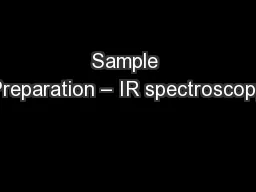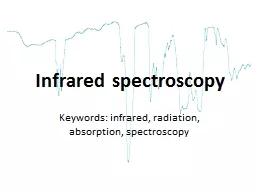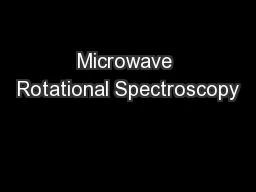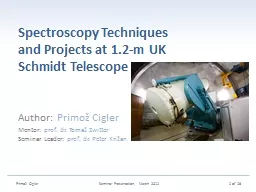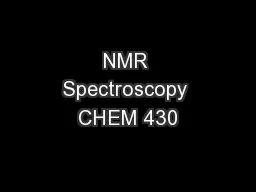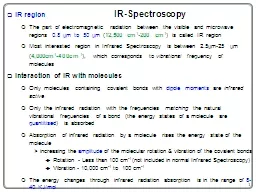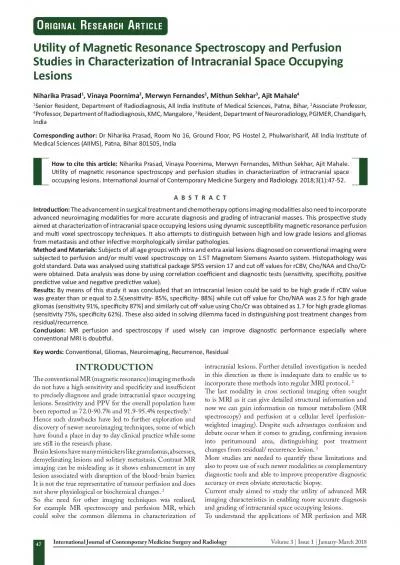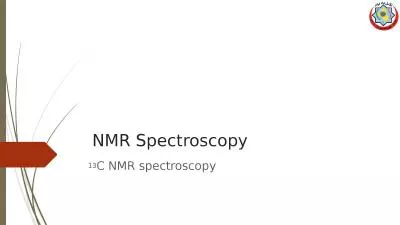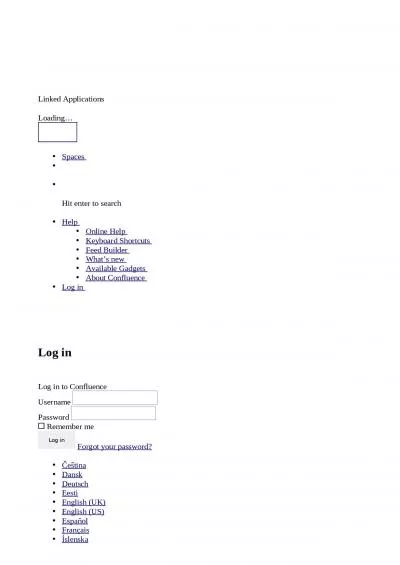PPT-Sample Preparation – IR spectroscopy
Author : liane-varnes | Published Date : 2017-08-19
Solid samples can be run as either KBr disks Nujol mulls on NaCl plate Film on NaCl plate or in CCl 4 solution 1 Preparation of KBr disks Advantage to
Presentation Embed Code
Download Presentation
Download Presentation The PPT/PDF document "Sample Preparation – IR spectroscopy" is the property of its rightful owner. Permission is granted to download and print the materials on this website for personal, non-commercial use only, and to display it on your personal computer provided you do not modify the materials and that you retain all copyright notices contained in the materials. By downloading content from our website, you accept the terms of this agreement.
Sample Preparation – IR spectroscopy: Transcript
Download Rules Of Document
"Sample Preparation – IR spectroscopy"The content belongs to its owner. You may download and print it for personal use, without modification, and keep all copyright notices. By downloading, you agree to these terms.
Related Documents

